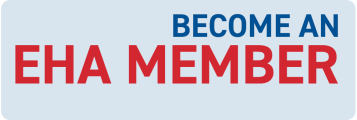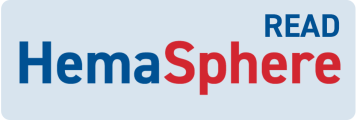Access
Improving affordable and equal access to innovative therapies in hematology for patients across Europe is EHA’s overriding advocacy priority.
The access challenge comes in many dimensions: from supply issues, high prices and selective marketing strategies to lack of innovation in diagnostics and treatments for rare diseases; from regulators’ concerns over evidence gaps to the need for a stronger focus on unmet clinical and patient needs in research and development and in decision making by investors, regulators and payers; from the threat to academic in-house IVD testing, so crucial for access to precision diagnostics, to the lack of a harmonized European approach to clinical trials, data sharing, regulatory approvals, Health Technology Assessment (HTA) and reimbursement.
EHA has published four position papers on key aspects of the highly complex, interwoven set of challenges around access:
Position papers
- EHA position paper on Affordable Access to OMPs
- EHA position paper on Fair Pricing of innovative medicines
- EHA position paper on Precision Diagnostics
- EHA position paper on Personalized Medicine
Given their complexity and magnitude, overcoming the many obstacles to affordable and equitable access is only possible through collaboration with other stakeholders, on a European scale and across medical disciplines. EHA is active on many different ‘access’ fronts:
- the Horizon Europe-funded ASCERTAIN consortium, which has set out to develop new cost-benefit, pricing and reimbursement models for innovative therapies
- the EU4Health-funded SUPPLY project, which aims to strengthen plasma collection and ensure access to plasma-derived medicinal products in Europe
- the EHA-led Coalition for Reducing Bureaucracy in Clinical Trials, which has rallied Europe’s medical societies and patient organizations around the common cause of making clinical trials more efficient, patient-centric and effective
- engagement with the EU institutions and stakeholders, including industry federations, on the revision of the EU pharmaceutical legislation and Europe’s Beating Cancer Plan
- involvement in the design or implementation of other relevant EU legislation: the HTA Regulation, the Clinical Trials Regulation (CTR), the In-Vitro Diagnostic medical devices Regulation (IVDR), the European Health Data Space (EHDS) and the Substances of Human Origin (SoHO) Regulation
- at the basis of all of this is joint advocacy with patient organizations and other medical societies, with an important role for the EHA Patient Advocacy Committee (EHA PAC) and our alliances: the BioMed Alliance, the European Cancer Organisation, Rare Cancers Europe, and the European Alliance for Personalised Medicine



 Back
Back